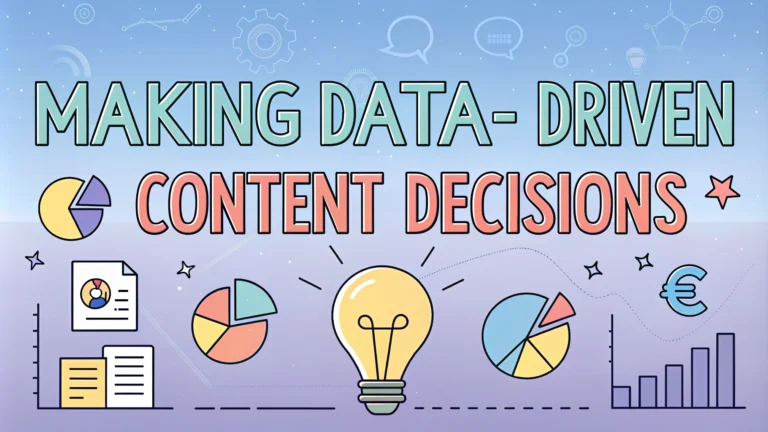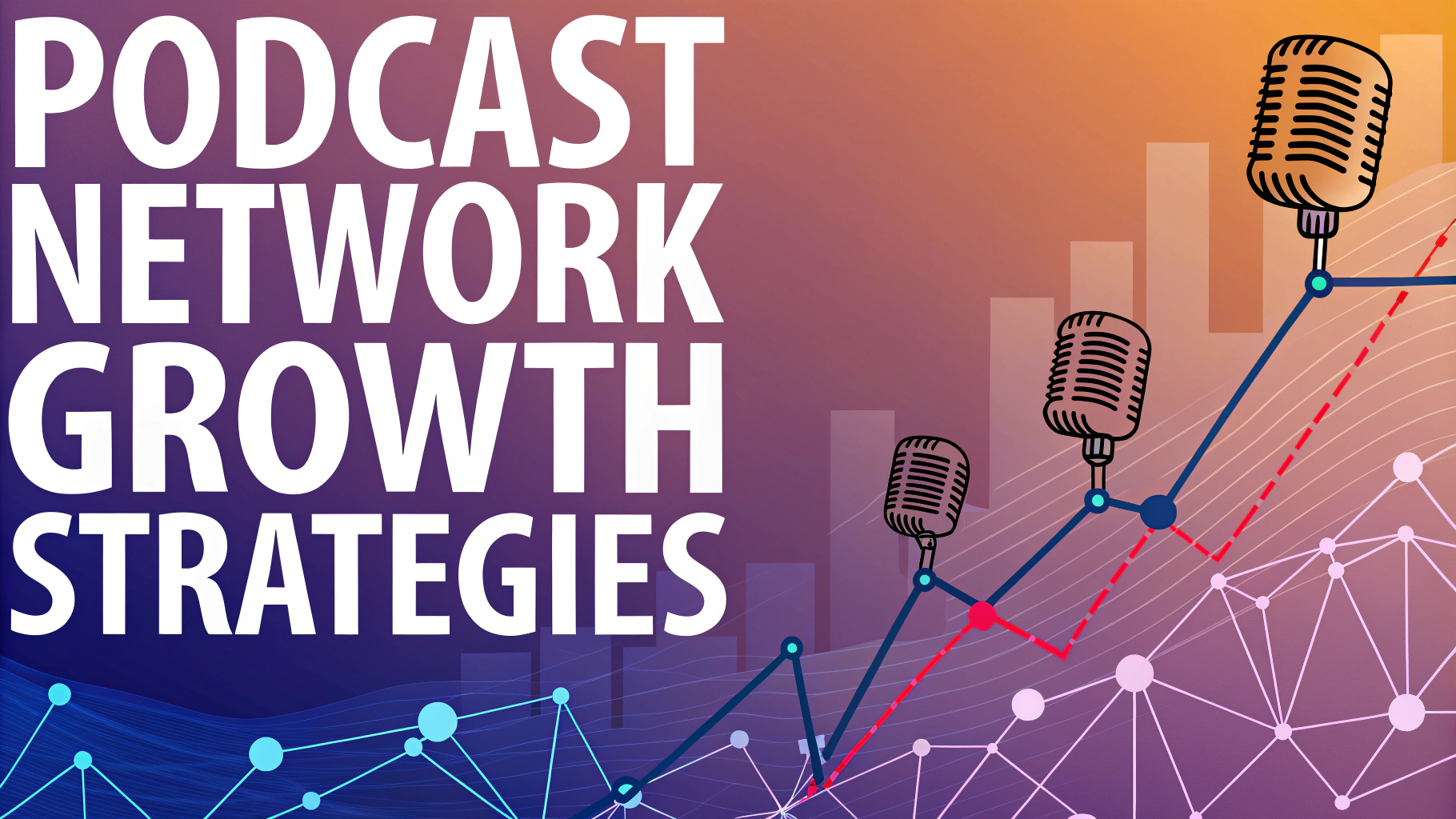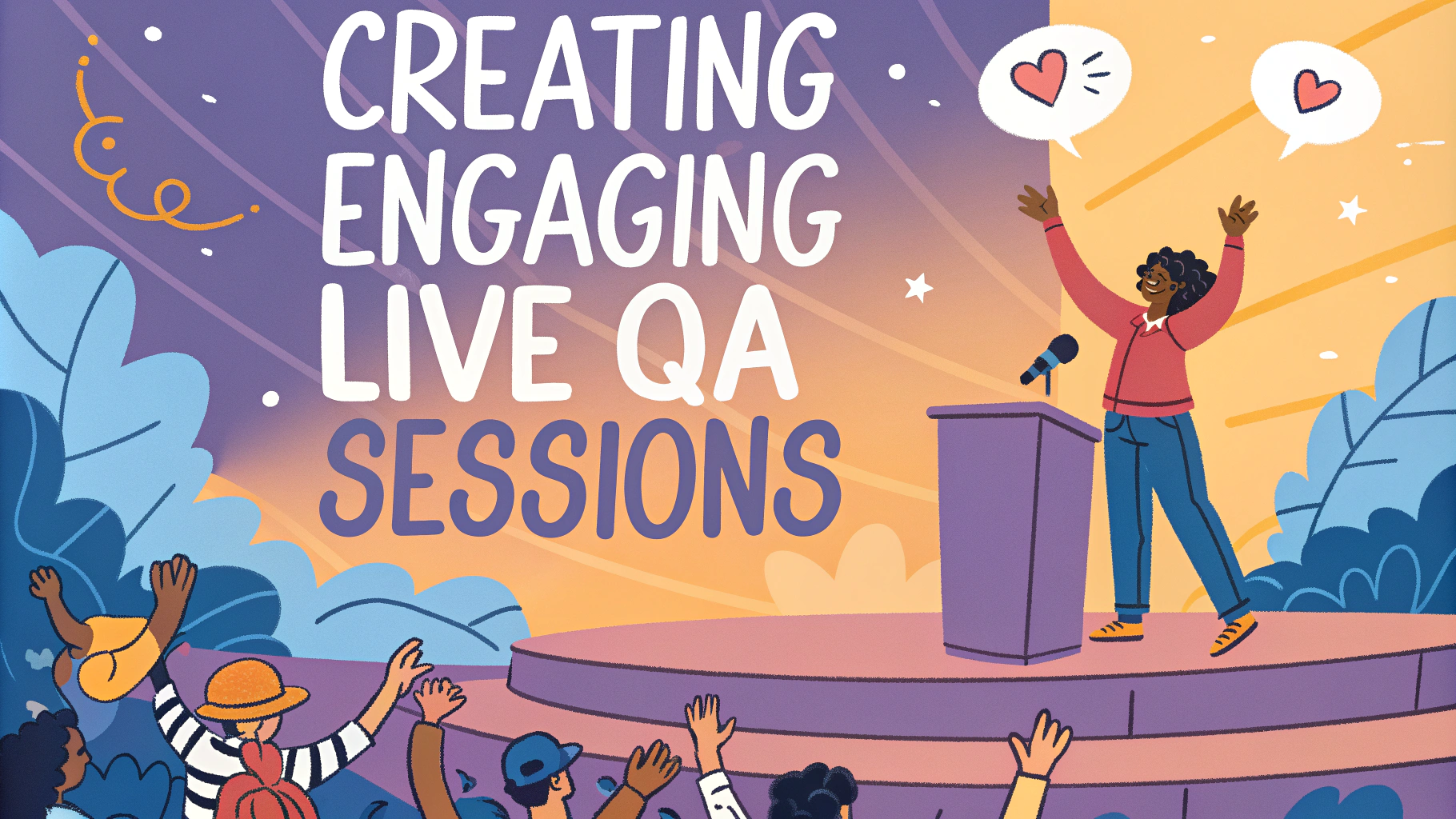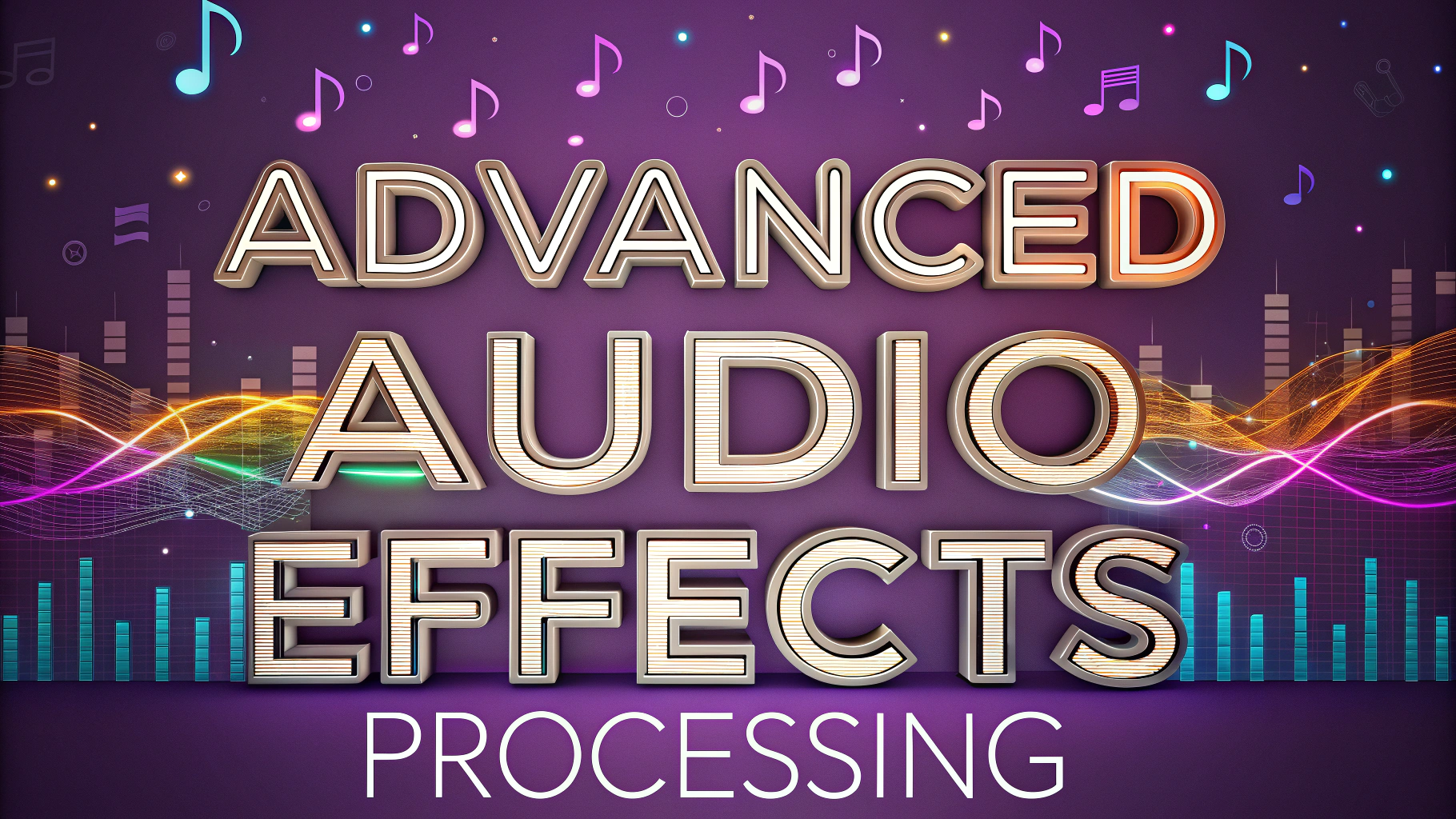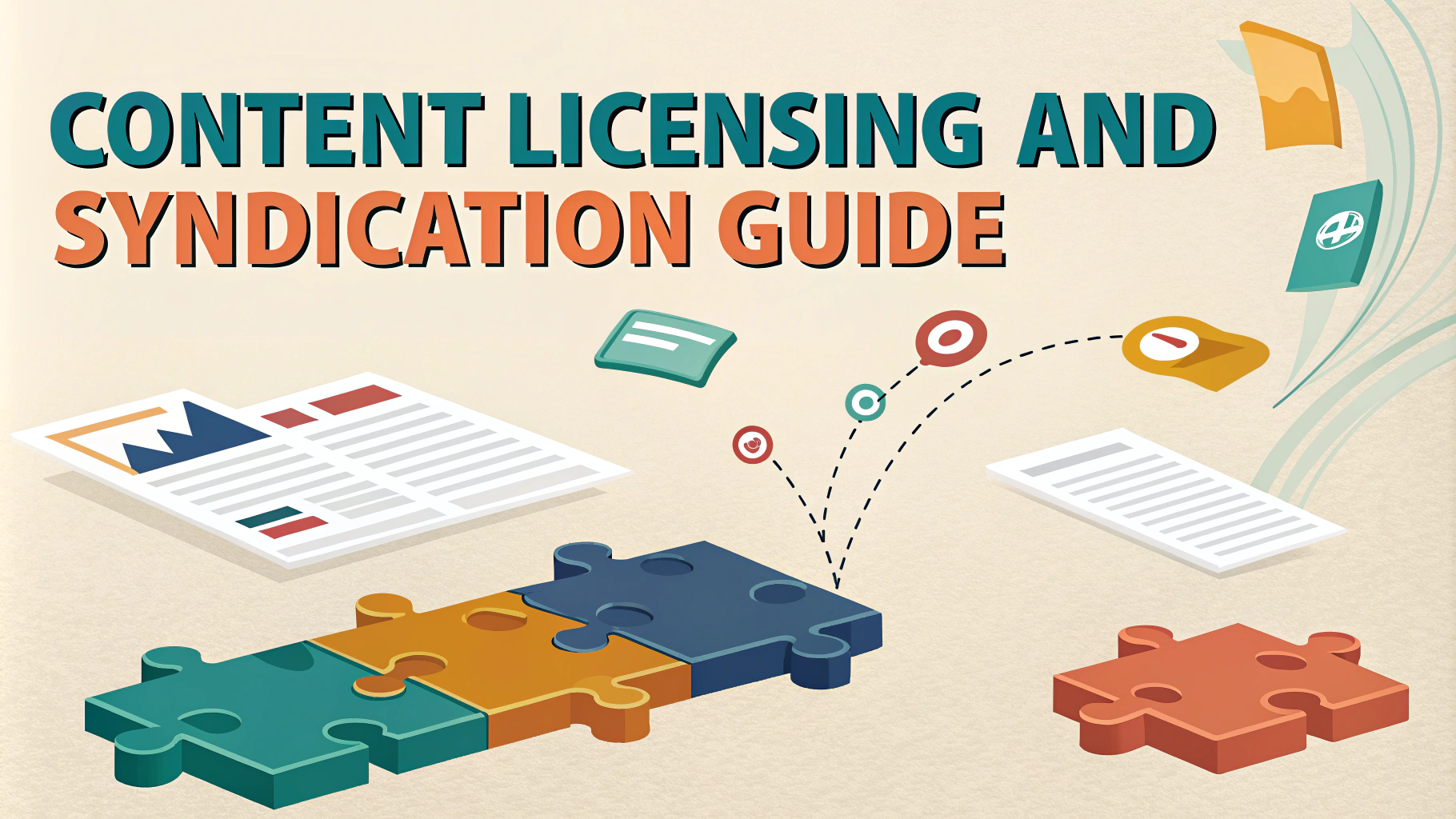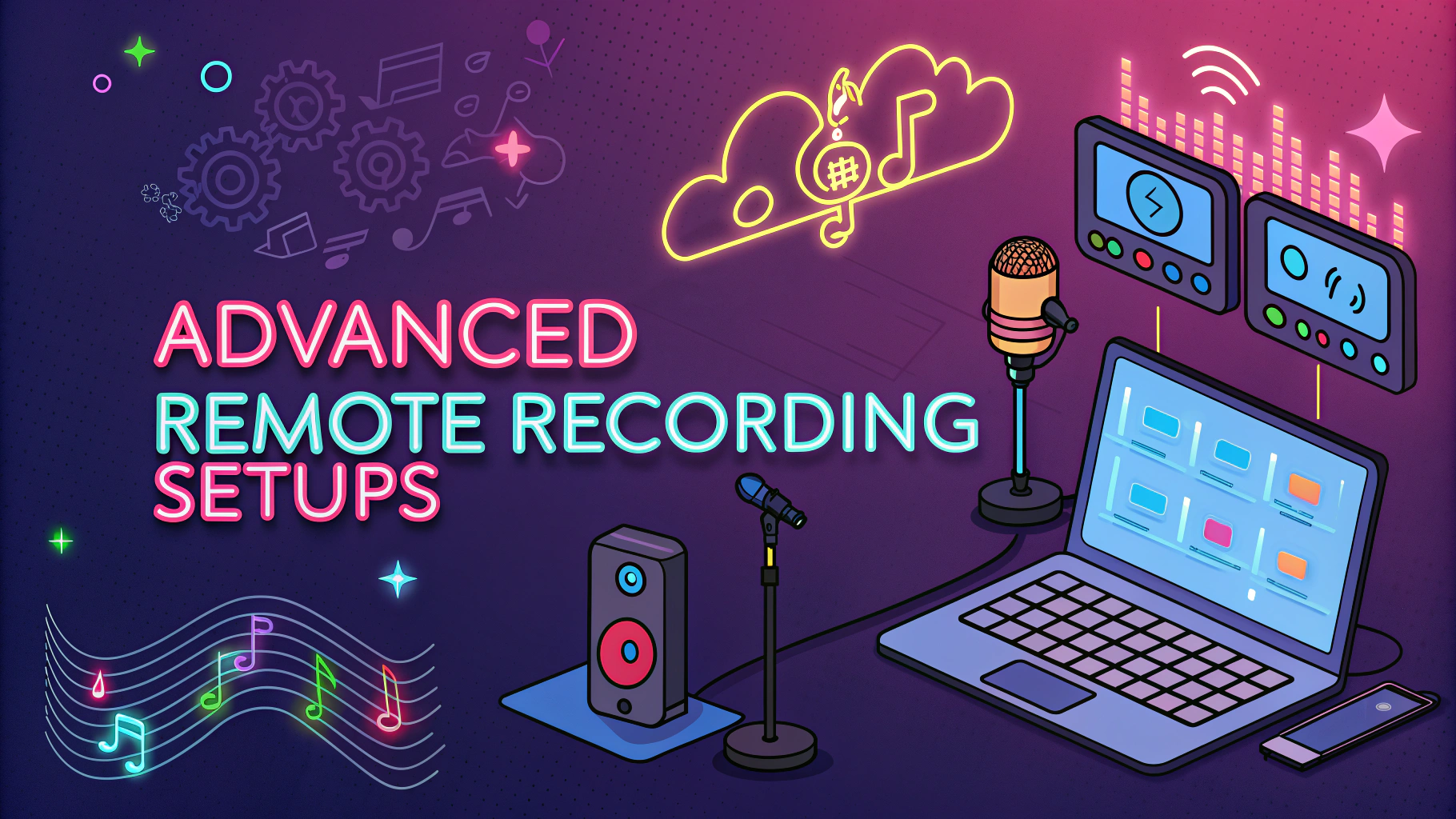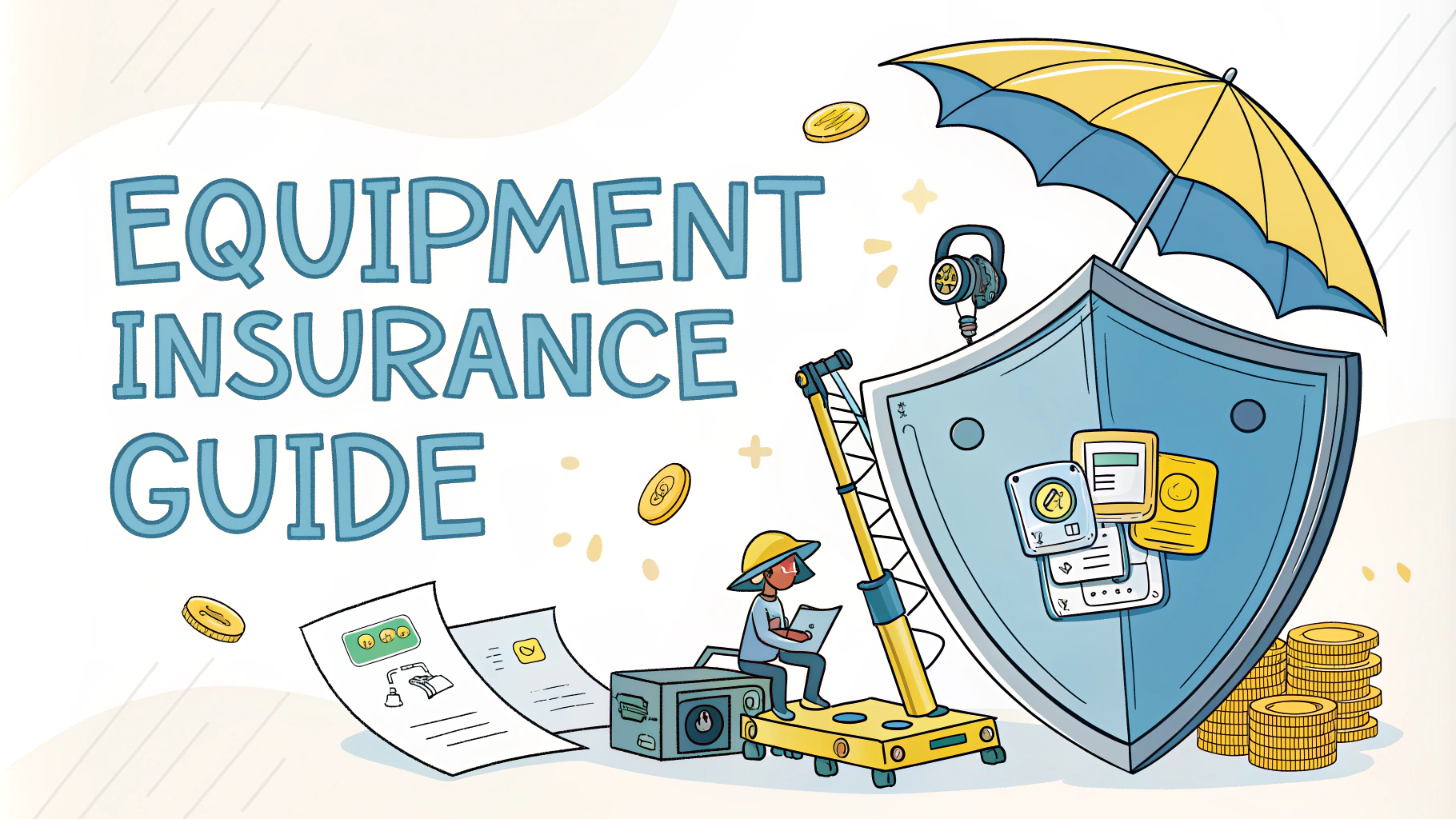Data analysis transforms podcasting from guesswork into strategic decision-making.
Understanding listener behavior and preferences through metrics helps create content that truly resonates with your audience.
This guide shows you how to collect, analyze, and apply data to improve your podcast’s performance and grow your listener base.
Key Metrics to Track
- Downloads per Episode – Track total downloads within 30 days of release
- Listener Retention – Percentage of audience completing each episode
- Geographic Distribution – Where your listeners are located
- Device Usage – Platforms and apps used to consume content
- Peak Publishing Times – When your audience is most active
Analytics Tools for Podcasters
Different hosting platforms offer varying levels of analytics capabilities:
- Spotify for Podcasters – Detailed listener demographics and behavior
- Apple Podcasts Connect – Episode performance and subscription metrics
- Podtrac – Cross-platform analytics and industry comparisons
- Chartable – Attribution tracking and marketing analytics
Interpreting Listener Behavior
Focus on these key behavioral patterns:
- Drop-off points in episodes
- Most popular episode topics
- Listening time patterns
- Episode length preferences
- Content type engagement (interviews vs. solo episodes)
Actionable Steps for Content Optimization
- Episode Length – Adjust duration based on retention data
- Content Structure – Place key content where engagement is highest
- Topic Selection – Choose themes that historically perform well
- Release Schedule – Publish when your audience is most active
- Format Adaptation – Modify show format based on engagement patterns
Using Data for Growth
- Audience Targeting – Focus marketing efforts on demographics that engage most
- Content Calendar – Plan topics based on historical performance
- Cross-Promotion – Identify partnership opportunities through audience overlap
- Ad Placement – Position sponsored content at optimal engagement points
Real-Time Adjustments
Monitor these metrics weekly to make immediate improvements:
- Social media engagement rates
- Website traffic from podcast links
- Newsletter subscription conversion
- Download trends for new episodes
Building Long-Term Success
Set up a monthly review system to analyze trends and adjust your strategy.
Document successful content formats and topics for future reference.
Use feedback loops between data insights and content creation to maintain continuous improvement.
Moving Forward with Data
Connect analytics tools to your hosting platform to start tracking these metrics immediately.
Review your current content against historical data to identify patterns.
Create a simple dashboard to monitor your most important metrics regularly.
Advanced Analytics Strategies
Leverage advanced data analysis techniques to uncover deeper insights:
- Cohort Analysis – Track listener groups over time
- A/B Testing – Test different content approaches systematically
- Conversion Funnels – Map listener journey to monetization
- Competitive Analysis – Benchmark against industry standards
Automating Data Collection
Streamline your analytics process with automation tools:
- API Integrations – Connect multiple data sources
- Automated Reports – Schedule regular performance updates
- Custom Alerts – Monitor critical metrics changes
- Data Visualization – Create automated dashboards
Monetization Through Data
Sponsor Targeting
- Match audience demographics with relevant advertisers
- Demonstrate ROI through engagement metrics
- Optimize ad placement using retention data
Premium Content Strategy
- Identify high-value content through engagement patterns
- Structure membership tiers based on listener behavior
- Test pricing models with data-backed decisions
Empowering Your Podcast Growth
Transform your podcast analytics into actionable growth strategies with these final steps:
- Establish clear KPIs aligned with your podcast goals
- Create a data-driven content calendar
- Build a systematic review process
- Implement continuous feedback loops
Remember that data analysis is an ongoing process that evolves with your podcast’s growth and audience development.
Start small, focus on key metrics, and gradually expand your analytics capabilities as your show grows.
FAQs
- What metrics should I track to make data-driven decisions for my podcast?
Downloads per episode, listener retention rate, average listening duration, listener demographics, episode completion rates, and engagement metrics like ratings and reviews. - Which podcast analytics platforms provide the most comprehensive data?
Apple Podcasts Connect, Spotify for Podcasters, Google Podcasts Manager, and hosting platforms like Libsyn, Buzzsprout, and Podtrac offer detailed analytics. - How can I determine the best time to release my podcast episodes?
Analyze listener behavior patterns through your hosting platform’s analytics, test different release times, and monitor peak listening hours across time zones where your audience is concentrated. - What does a high drop-off rate indicate in podcast analytics?
A high drop-off rate shows where listeners stop playing episodes, indicating potential content issues, lengthy segments, or loss of audience interest at specific timestamps. - How can I use audience demographics data to improve my content?
Demographics data helps tailor content topics, adjust language and references, create targeted advertising strategies, and develop content that resonates with your core listener base. - What role do listener reviews and ratings play in data-driven decisions?
Reviews and ratings provide qualitative feedback about content quality, help identify audience preferences, and influence potential listeners’ decisions to subscribe. - How often should I analyze podcast metrics to make content decisions?
Review episode-specific metrics weekly, analyze broader trends monthly, and conduct comprehensive performance reviews quarterly to inform content strategy. - Which engagement metrics indicate successful podcast content?
High episode completion rates, consistent download numbers, growing subscriber base, positive listener feedback, social media shares, and website traffic from podcast referrals. - How can I use cross-promotion data to grow my podcast audience?
Track listener overlap with similar podcasts, analyze traffic sources, and measure the success of guest appearances or collaborative episodes to optimize cross-promotion strategies. - What tools can I use to track social media engagement related to my podcast?
Social media analytics platforms like Hootsuite, Buffer, or native platform analytics can track mentions, shares, and engagement with podcast-related content.
